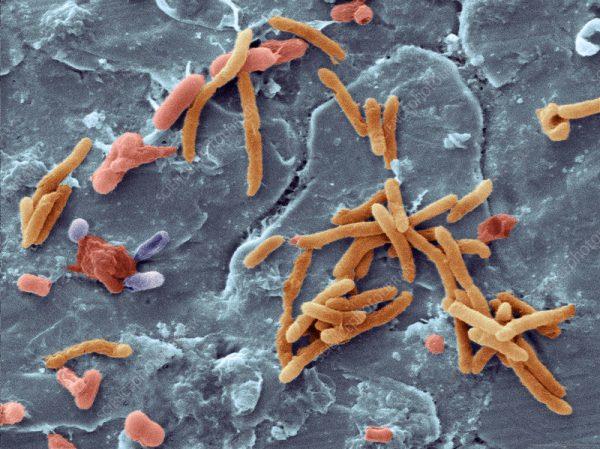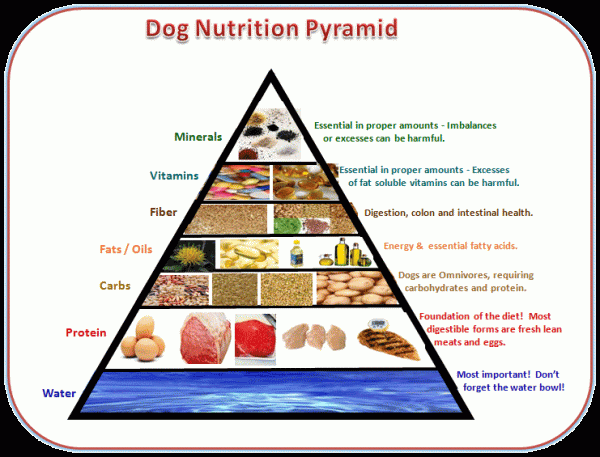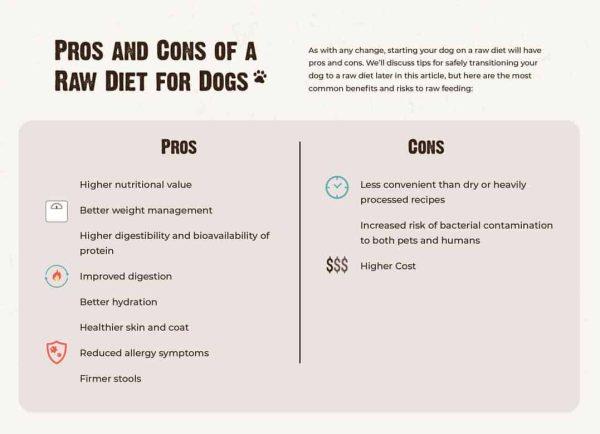Introduction to Raw Diets for Pets
When it comes to the wellbeing of our beloved pets, nutrition plays a pivotal role. A trend that is gaining considerable traction in pet nutrition is the raw diet. This dietary regime, often referred to as BARF (Biologically Appropriate Raw Food), is centred around feeding pets uncooked meats, bones, fruits and vegetables.

The Rising Popularity of Raw Diets
In recent years, the raw diet trend for pets has seen a significant rise in popularity. Many pet owners are shifting from conventional pet food to raw diets, motivated by the desire to provide their pets with a more ‘natural’ diet. This trend is backed by scientific research suggesting potential health benefits, including improved coat condition, healthier skin, and increased energy levels.
Understanding the Raw Diet for Pets
Adhering to a raw diet for pets includes feeding them uncooked, fresh, and organic foods, primarily composed of raw muscle meat, bones, fruits, vegetables, and organ meats. This diet is believed to mimic what our pets’ ancestors would have naturally consumed in the wild, thus promoting optimal health and longevity.
Common components of a raw diet encompass raw muscle meat often still on the bone, whole or ground bones, raw eggs, dog-safe fruits and vegetables, and some dairy like yoghurt. Organ meats such as livers and kidneys are also essential, providing necessary vitamins and minerals.
Different Types of Raw Diets
Within the raw diet arena, two primary types stand out: Prey Model Raw (PMR) and Biologically Appropriate Raw Food (BARF). PMR aims to replicate the natural, wild diet of a carnivorous animal, consisting of 80% meat, 10% bone, and 10% organs. On the other hand, BARF includes fruits and vegetables, aligning with the belief that dogs are omnivores.

Potential Benefits of Raw Diets for Pets
Raw diets, often called ‘Biologically Appropriate Raw Food’ (BARF) diets, are considered by some to be a beneficial alternative to traditional pet food. These diets typically consist of raw meat, bones, fruits and vegetables. Let’s explore some potential benefits of these types of diets:
- Possibly improved skin and coat health: Raw diets can be high in essential fatty acids, which are known to promote healthy skin and a glossy coat in pets
- Potential for better dental health: The process of chewing raw bones can provide a natural form of dental care, potentially reducing plaque and tartar.
- Weight management benefits: Raw diets may be beneficial for weight management as they tend to be more satiating, thus potentially helping to prevent overeating.
- Potential increase in energy levels: Many pet owners report increased energy levels in their pets after switching to a raw diet, which could potentially be due to the diet’s high protein content.
While there are potential benefits to feeding pets a raw diet, it’s essential to consult with a veterinarian or a pet nutrition expert before making such a significant change to your pet’s diet. This ensures the diet is balanced and meets your pet’s specific nutritional needs.
Potential Risks of Raw Diets for Pets
Feeding your pet raw diets is not without its potential hazards. One of the primary concerns is the risk of bacterial contamination. Raw meats may harbour harmful bacteria like Salmonella or E. Coli, which can pose serious health risks to both animals and humans.

Moreover, another risk lies in the potential for an unbalanced diet. Not all raw diets provide the necessary nutrients in the right proportions for your pet. This could lead to nutritional deficiencies or excesses, hampering your pet’s health in the long run.
Controversies Surrounding Raw Diets for Pets
There are also concerns about the potential for choking or other injuries from bones in raw diets. Pets, especially dogs, can choke on bones, or bones can splinter and cause internal injuries.
Additionally, some of the claimed benefits of raw diets, such as improved coat condition or increased energy levels, are disputed by experts. While some pet owners swear by the benefits, there is limited scientific evidence to back up these claims.
Consideration of these risks and controversies is essential before deciding to switch your pet to a raw diet.
The Science Behind Raw Diets: A Closer Look at the Evidence
Raw diets for pets have gained traction, sparking a myriad of scientific investigations. Research in this field, however, has produced mixed results.
On one hand, studies have suggested potential benefits of raw diets, such as improved coat condition and increased energy levels. Conversely, other research has flagged concerns on nutritional imbalances and potential risks of bacterial contamination.
Veterinarians and Animal Nutritionists Weigh In
Professional opinion on raw diets is as varied as the research findings. Some veterinarians and animal nutritionists endorse raw diets, citing observed health benefits in their patients. Yet others advise caution, drawing attention to the potential risks involved.
Given the mixed findings and divided professional opinion, it’s clear that more comprehensive research is necessary. Until then, pet owners are encouraged to consult with their vet before making dietary changes.
For a more in-depth understanding of raw diets and the science behind them, stay tuned for our upcoming sections on ‘The Pros and Cons of Raw Diets’ and ‘Making an Informed Decision’.
The Effects of Raw Diets on Different Pets
Feeding your pet a raw diet, often known as a BARF (Biologically Appropriate Raw Food) diet, can have varying effects depending on the type of pet, their age, breed, and health status. Research suggests that while dogs, being omnivores, may benefit from a well-balanced raw diet, cats, as obligate carnivores, can potentially suffer from nutritional deficiencies if not adequately supplemented.
Considerations for Raw Diets
Age, breed, and health status significantly influence how a pet might react to a raw diet. Young, old, or immunocompromised pets may struggle to handle potential bacteria in raw food. Certain breeds may also be predisposed to health issues exacerbated by raw diets. Always consult a veterinarian before making drastic changes to your pet’s diet.
Making an Informed Choice: Questions to Ask Before Switching Your Pet to a Raw Diet
Deciding to transition your pet to a raw diet is a significant step that requires careful thought and research. There are several factors to consider, such as whether your pet has any specific dietary requirements, the potential risk of bacterial contamination, and the cost implications. You should also take into account your pet’s breed, size, age, and overall health status.
Consulting with a Veterinarian or Pet Nutritionist
Before making any major changes to your pet’s diet, it’s crucial to consult with a veterinarian or a pet nutritionist. They can provide you with personalised advice based on your pet’s specific needs and can help you avoid potential pitfalls.
Understanding Your Pet’s Specific Nutritional Needs
Different pets have different nutritional needs depending on their breed, age, size, and overall health status. Understanding these needs is key to ensuring your pet’s wellbeing.

Conclusion: The Bottom Line on Raw Diets
In summary, raw diets for pets, often applauded for their potential benefits such as improved skin and coat conditions, better dental health, and enhanced overall vitality, are not without risks. Studies have shown that raw food can contain harmful pathogens which might be a threat to both your pet and household.
Thus, it’s crucial to make an informed choice. A raw diet may not be suitable for every pet, and factors like age, health status, and breed should be taken into consideration. It’s recommended to speak with a professional animal nutritionist or a vet before making a switch.

Before you make a decision, weigh all the facts and consult with professionals. Ultimately, the wellbeing of your pet is the bottom line.
Related posts
Recent Posts
- Pet Emergency Preparedness: Ensuring Your Furry Friend’s Safety in a Crisis
- The Importance of Pet Vaccinations: Protecting Your Furry Friends
- Kitten Feeding Guide: Essential Tips for New Cat Owners
- Dangerous Pets: What You Need to Know Before Bringing One Home
- Understanding Pet Loss Grief: Coping with the Loss of a Beloved Animal Companion


